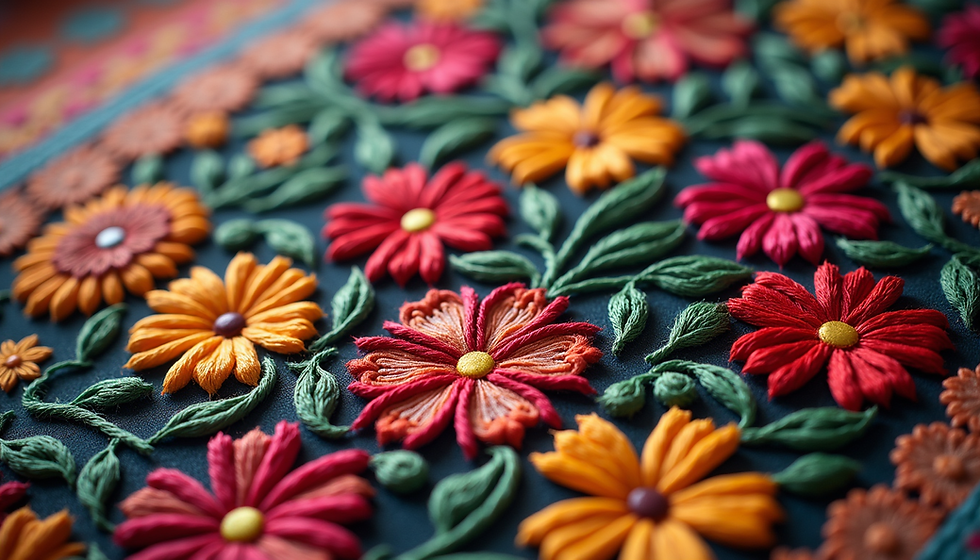- jkartsfoundation
- Aug 13
- 2 min read
Hemis Monastery: Guardian of Buddhist Traditions

Perched at an elevation of around 12,000 feet, Hemis Monastery stands as a towering emblem of spiritual devotion, architectural finesse, and cultural legacy. Located 45 km southeast of Leh, this Himalayan gem is steeped in history, vibrant rituals, and striking craftsmanship—making it one of the most revered monasteries in India.
Though a monastery existed here before the 11th century, Hemis was formally re-established in 1672 AD by King Sengge Namgyal of Ladakh. It belongs to the Drukpa (Red Hat) lineage of Tibetan Hemis is also associated with the celebrated Buddhist master Nāropā—disciple of Yogi Tilopa and teacher of the translator Marpa—making it a foundational seat for the Kagyu tradition.
Architectural Grandeur & Ageless Techniques
Hemis showcases a harmonious blend of Tibetan and Indian architectural styles adapted to harsh Himalayan climates:
Thick stone foundations and sun-dried mud-brick walls ensure insulation and stability.
Wooden frameworks reinforce the structure and add intricate detailing to doors and windows.
Flat roofs layered with mud and straw are both practical for heavy snowfall and functional as terraces.
Within, vibrant frescoes—such as Kalachakra mandalas and depictions of deities—paint the walls, while carved architectural elements reflect intricate spiritual symbology.
Treasures of Artistry & Sacred Relics
The monastery houses an impressive collection of relics, including thangkas, gold statues, stupas embedded with gems, and rare manuscripts—many of which are displayed in the onsite museum.
In the courtyard, visitors are greeted by paintings of the Eighty-Four Mahasiddhas—great spiritual adepts immortalized using mineral pigments in the 17th century.
The Hemis Festival: Ritual in Motion
Hemis comes alive every June or July with the two-day Hemis Festival, honoring Guru Padmasambhava—the revered founder of Tantric Buddhism.
Sacred masked Cham dances performed by monks dramatize the triumph of good over evil through vibrant costumes and symbolic masks.
Rhythms from drums, cymbals, and wind instruments fill the courtyard with primal energy.
If it’s a 12-year cycle year, a colossal thangka (religious painting) of Padmasambhava is unfurled—a breathtaking sight for all present.
Hemis: A Living Monastic Legacy
Despite its tourist popularity, Hemis remains an active monastic center, blending devotional practices with cultural stewardship and heritage preservation. The monastery continues to nurture monks in Buddhist teachings, while maintaining its sacred precincts, vibrant festivals, and ancient relics for the world to discover.
Best time to visit: June to September, especially during the Hemis Festival, when the valley is most alive.
Access: A scenic 1.5–2 hour drive from Leh via the Leh-Manali Highway.
Highlights: Explore the serene courtyard, prayer halls, ancient murals, and the museum’s rich collection of relics.
Hemis Monastery is not just another Himalayan landmark—it is a spiritual fortress, a ritualive stage, and a cultural time capsule. From its ancient origins and architectural mastery to its dramatic festivals, Hemis embodies the resilience, creativity, and devotion of Ladakh’s Buddhist heritage. Whether you're exploring its sacred halls or witnessing masked dances, Hemis offers a profound encounter with the divine, the artistic, and the enduring.



Comments